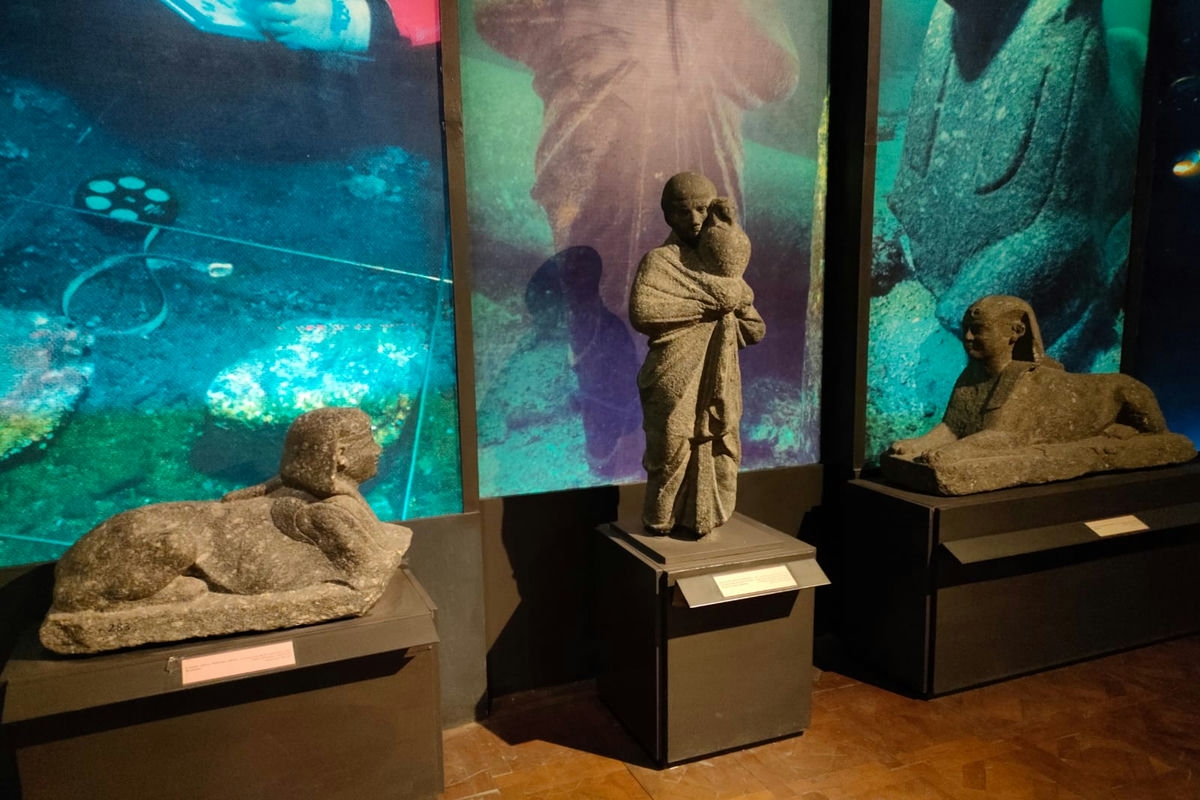
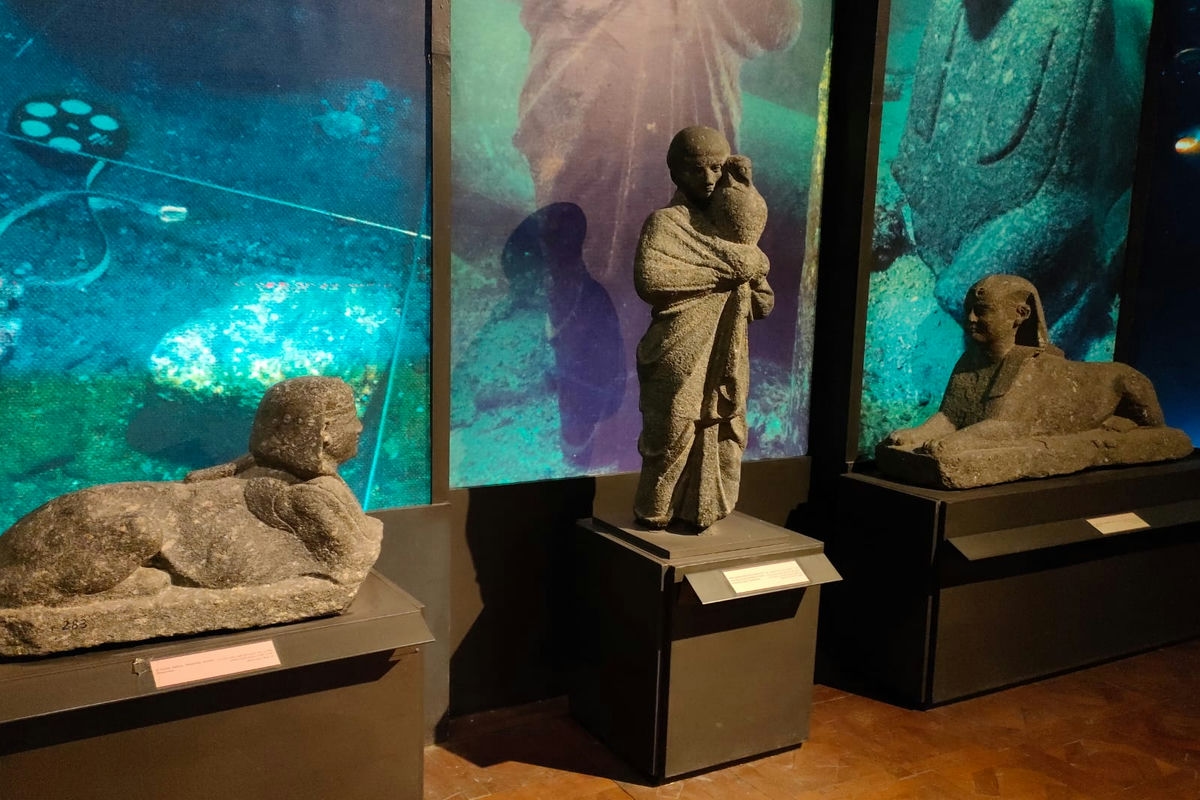
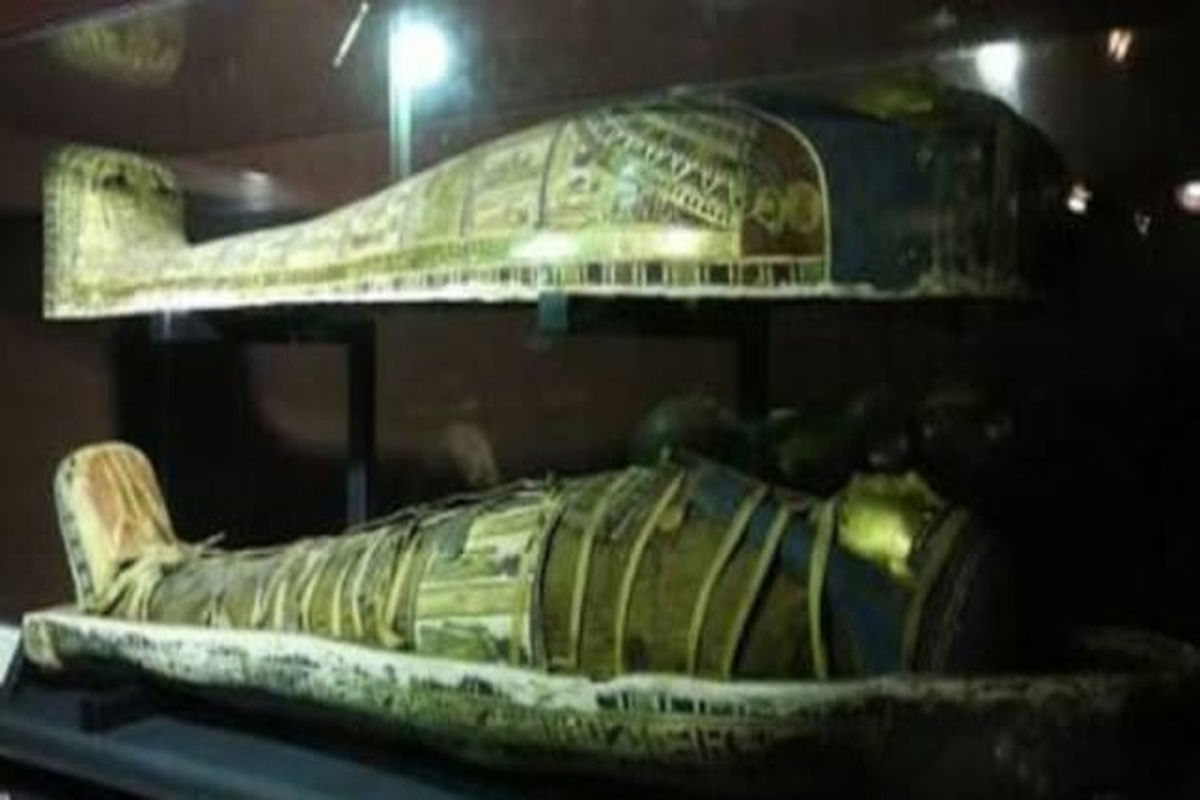
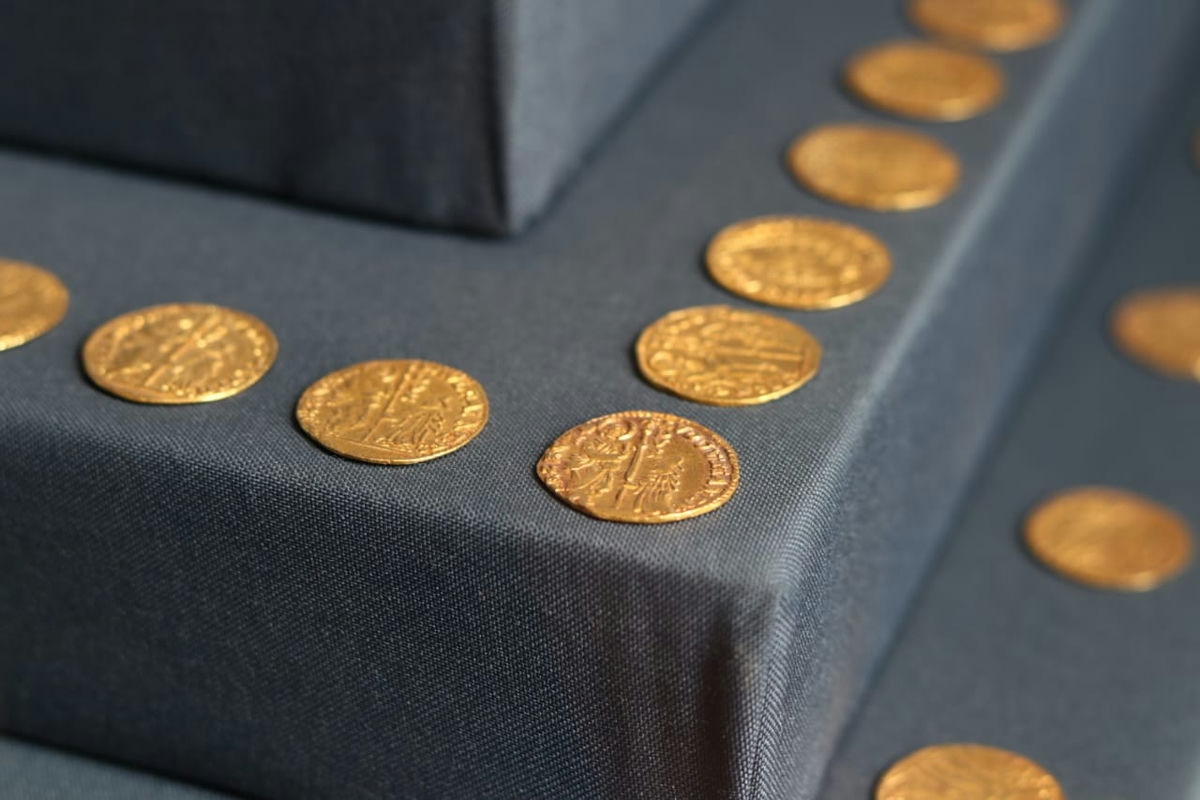
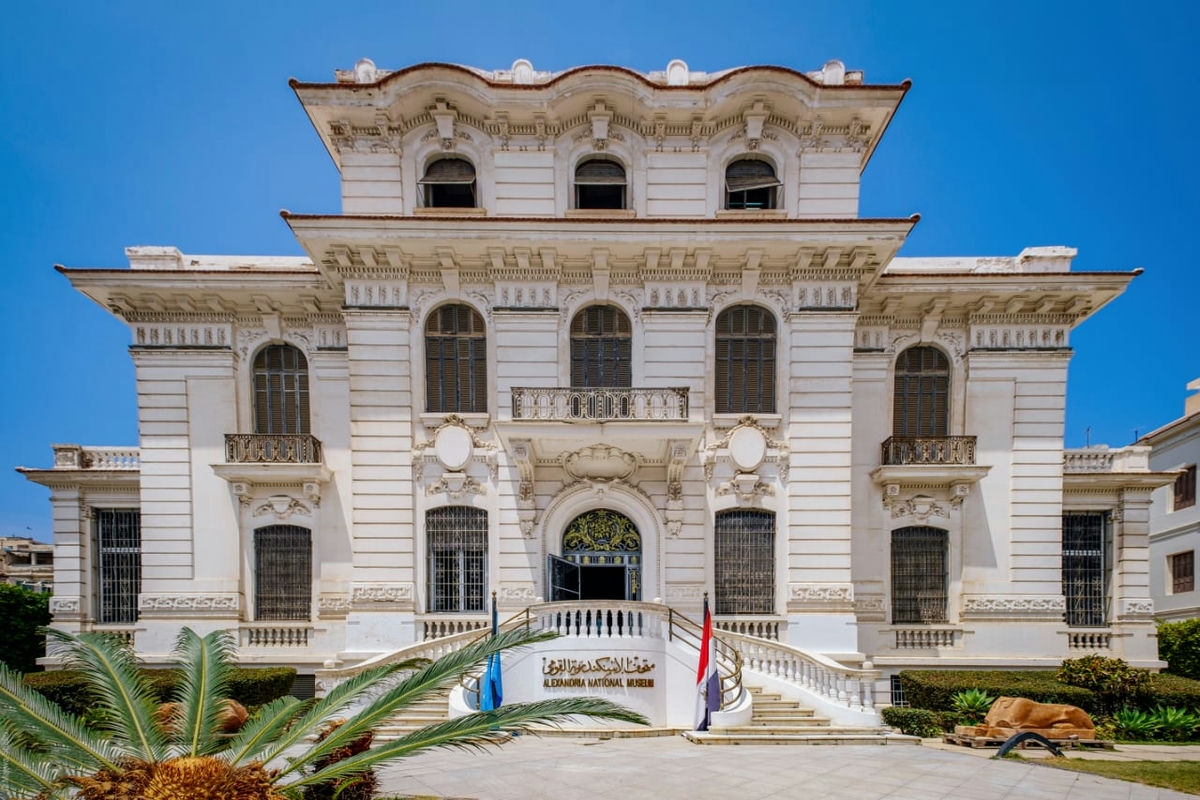
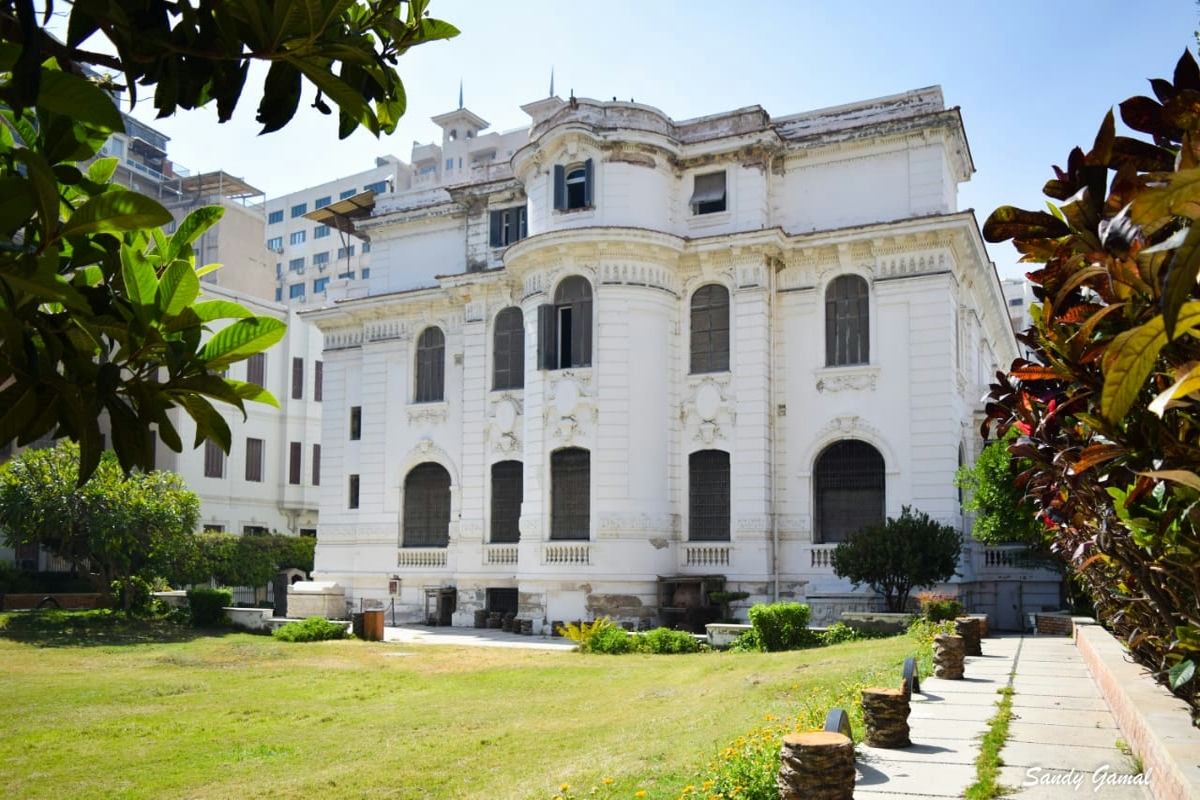

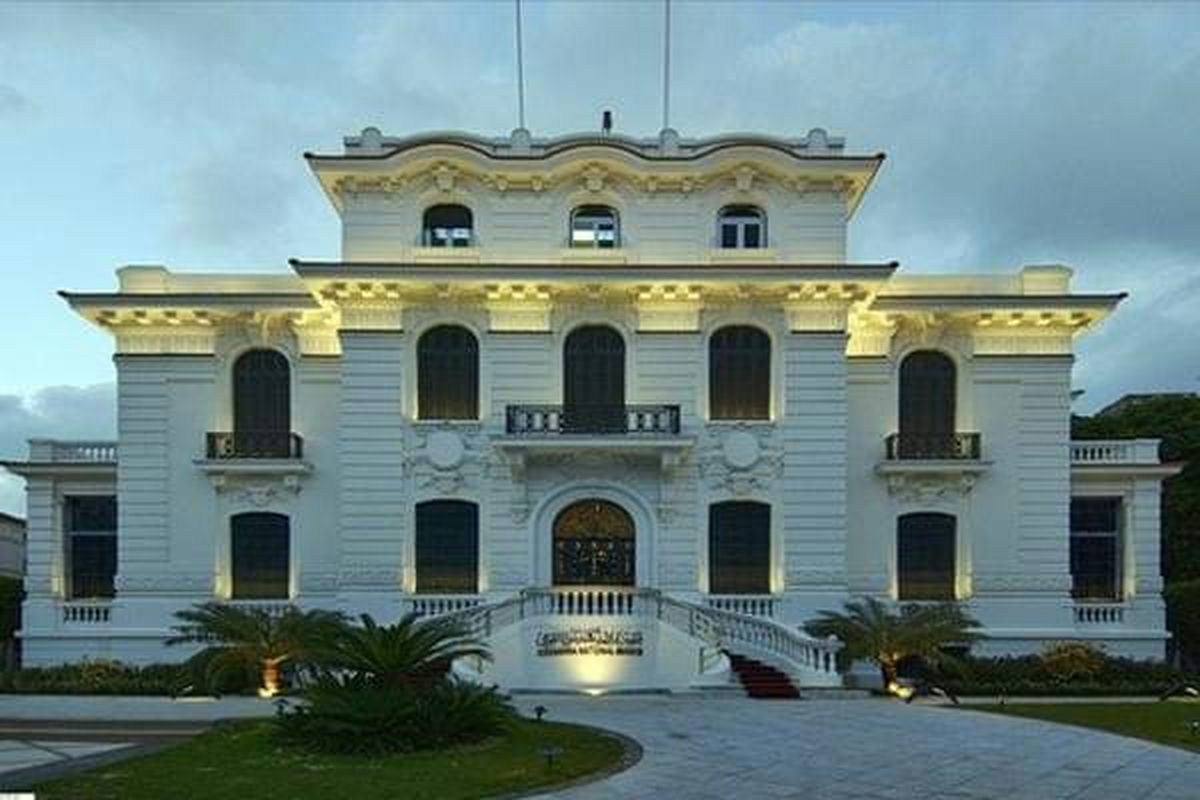
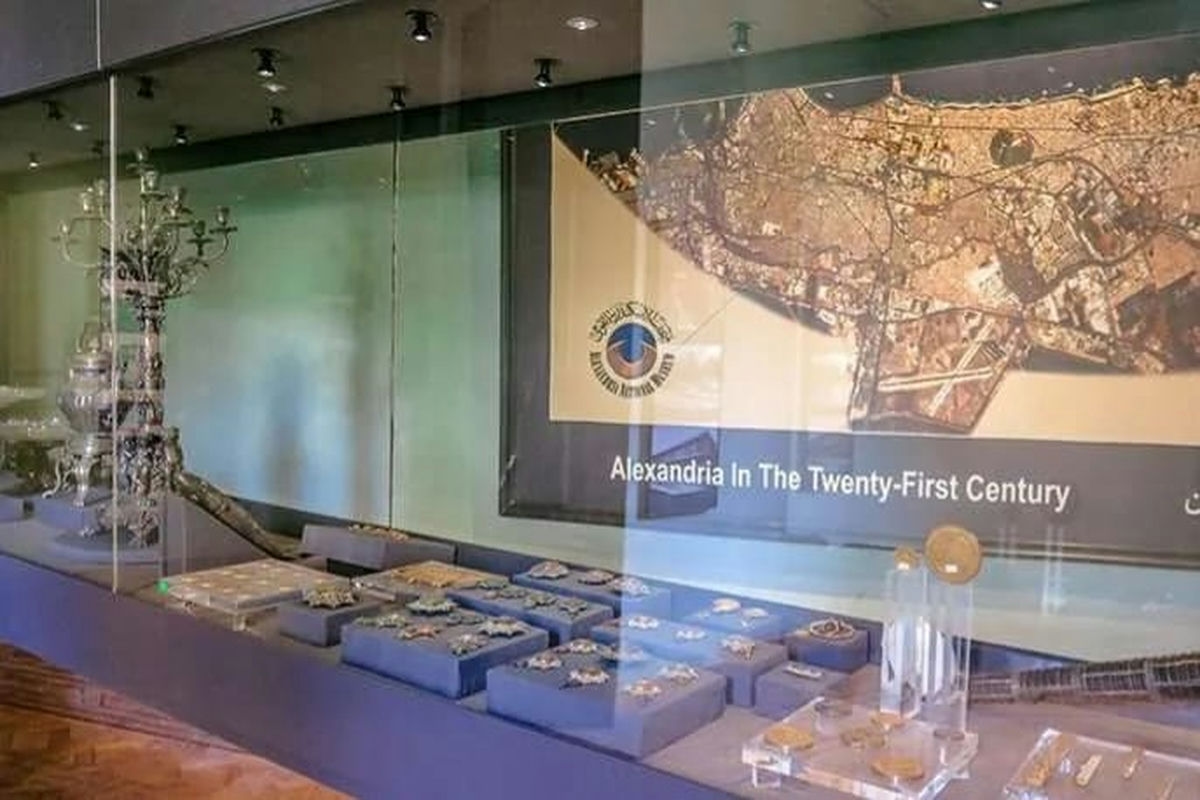

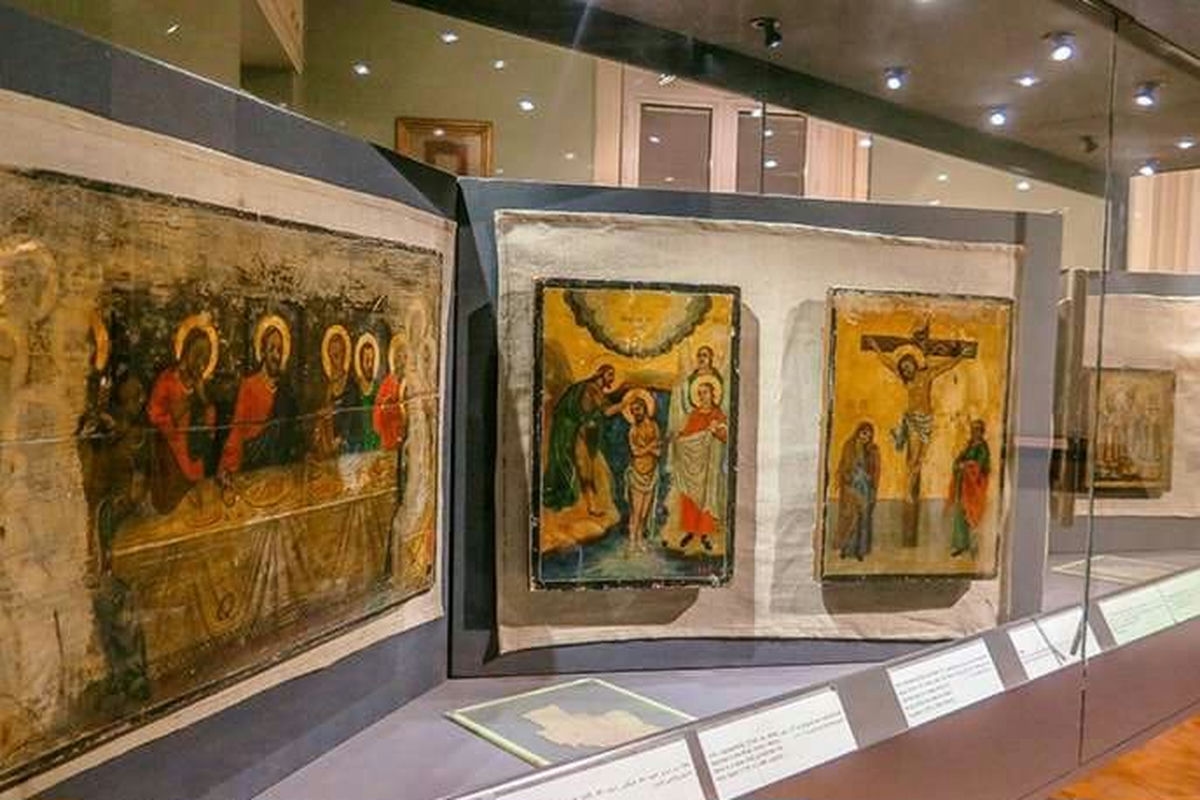
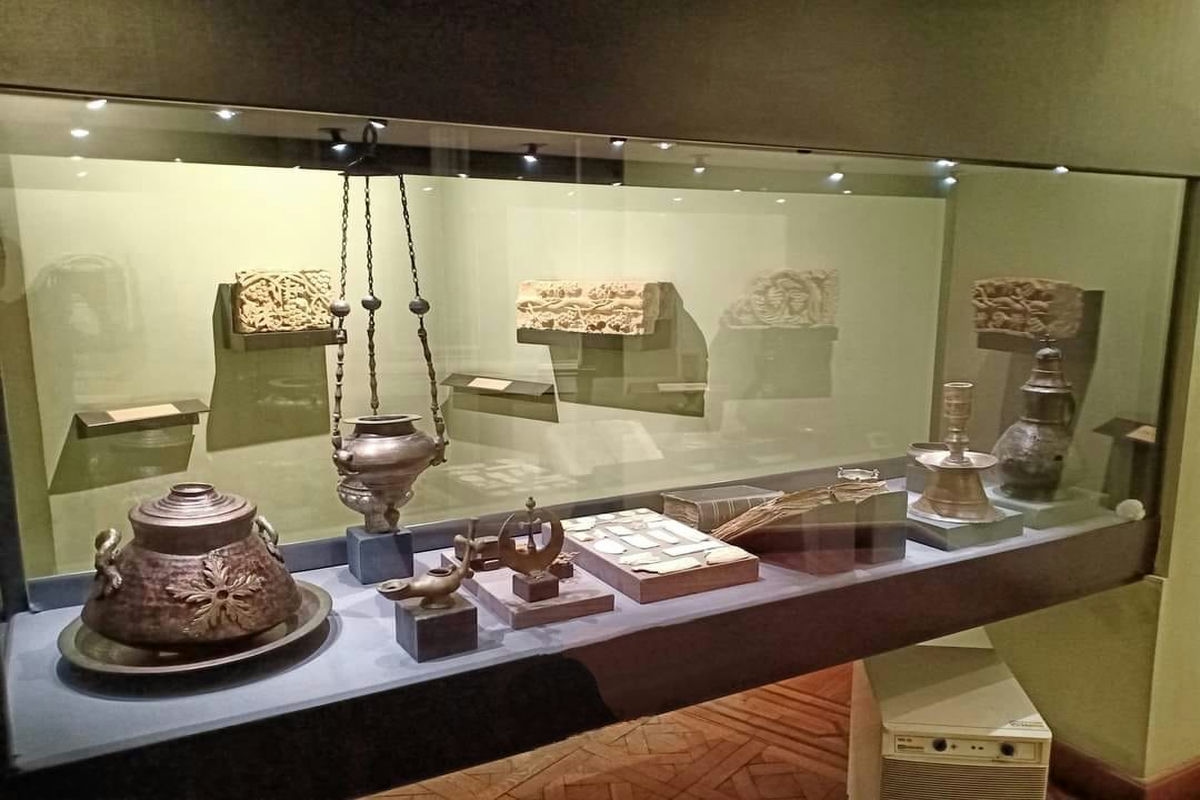

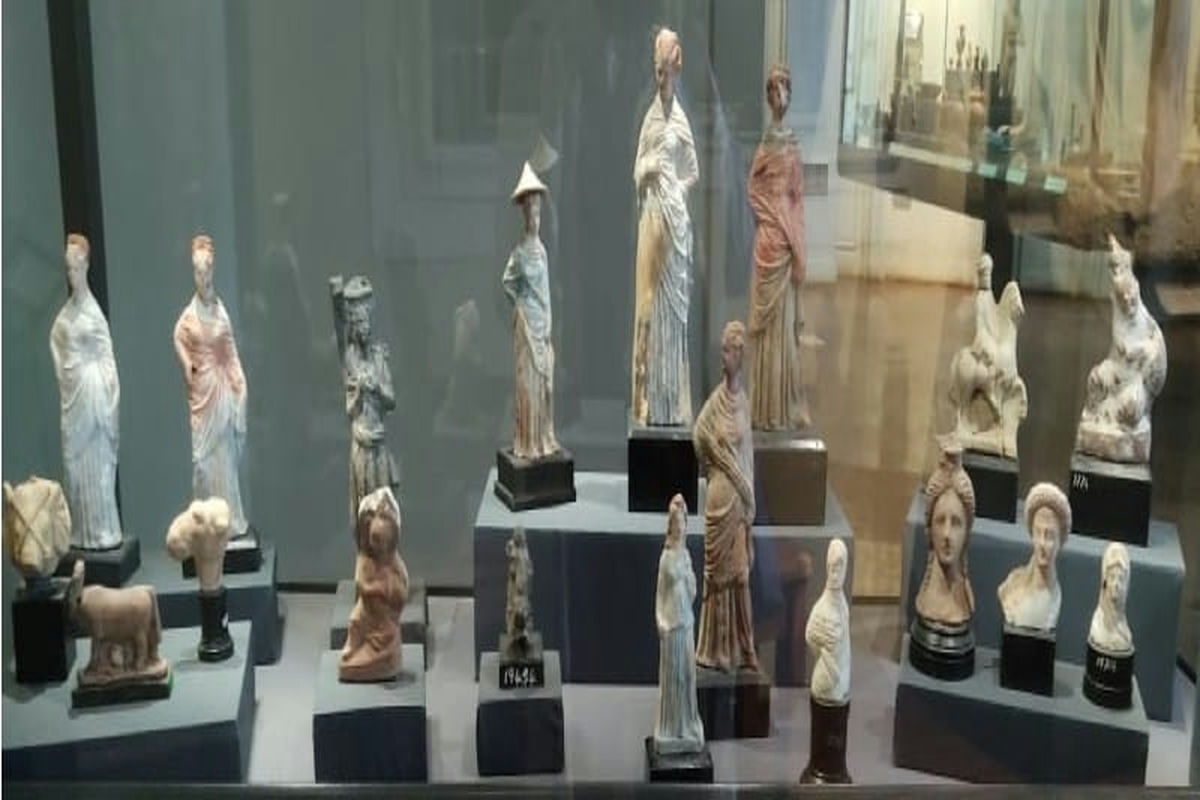

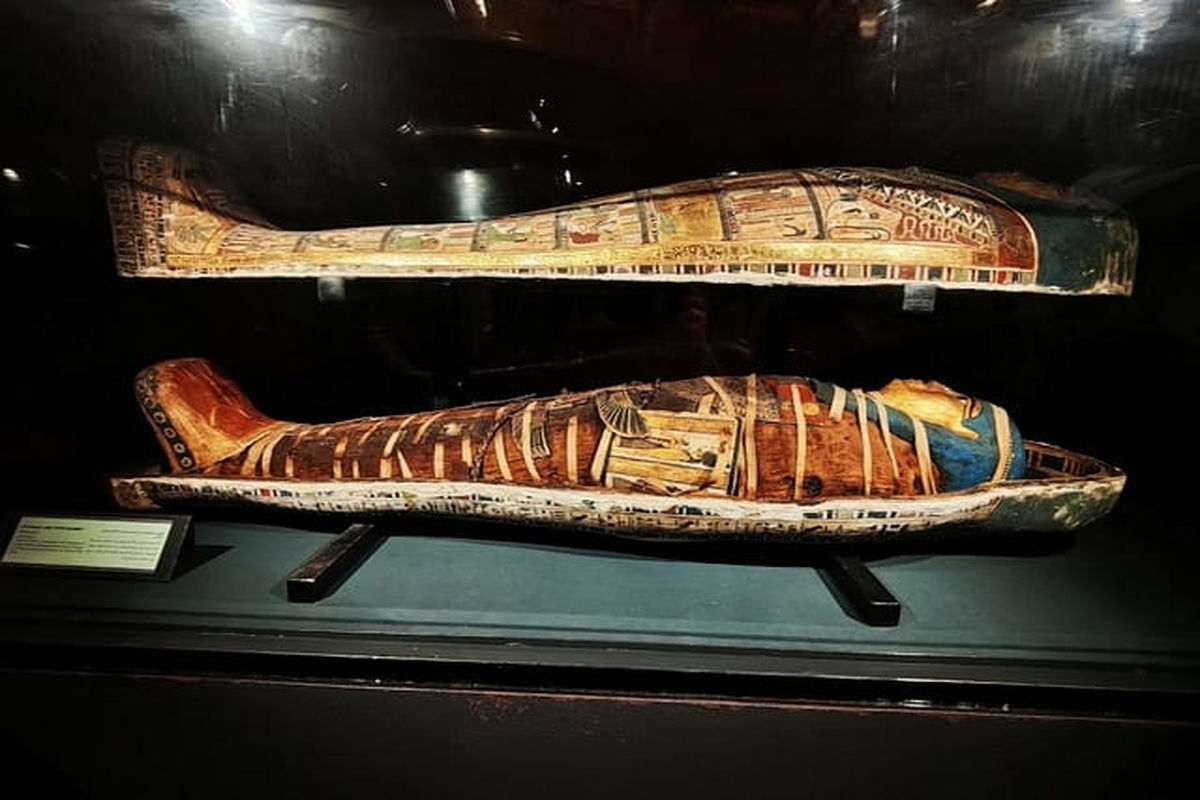
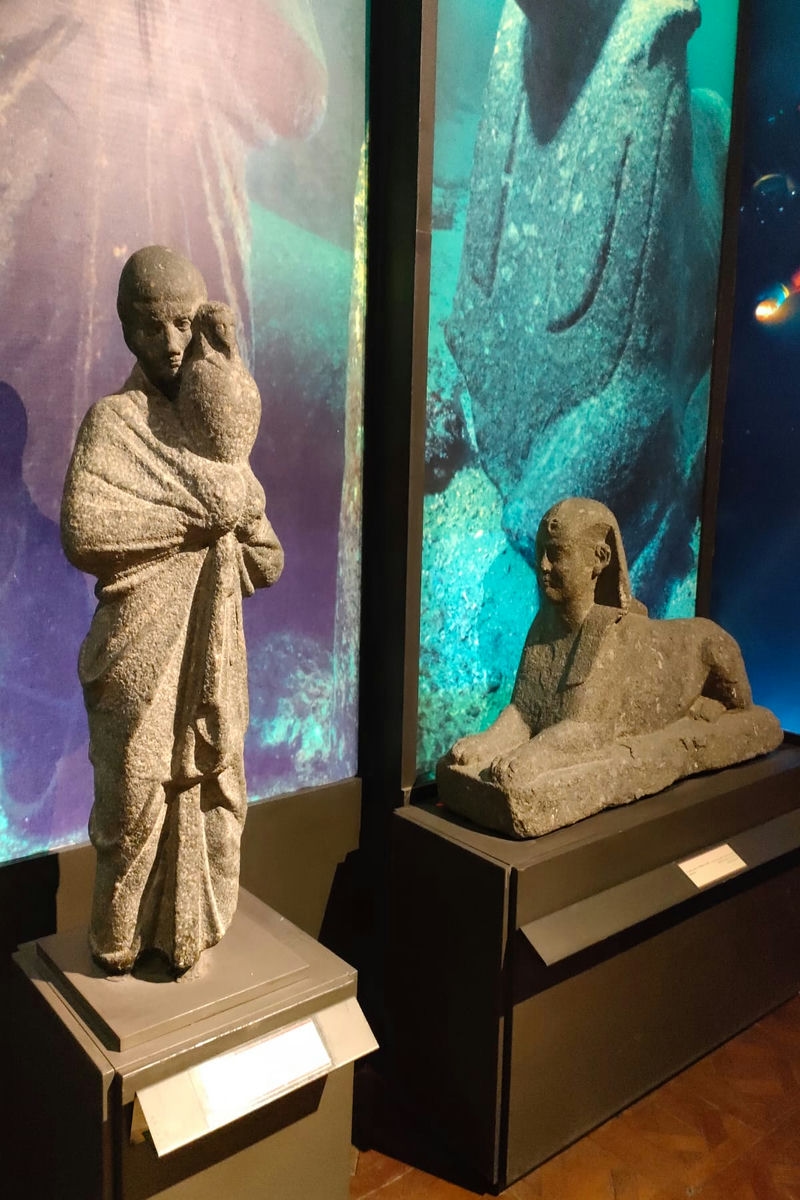
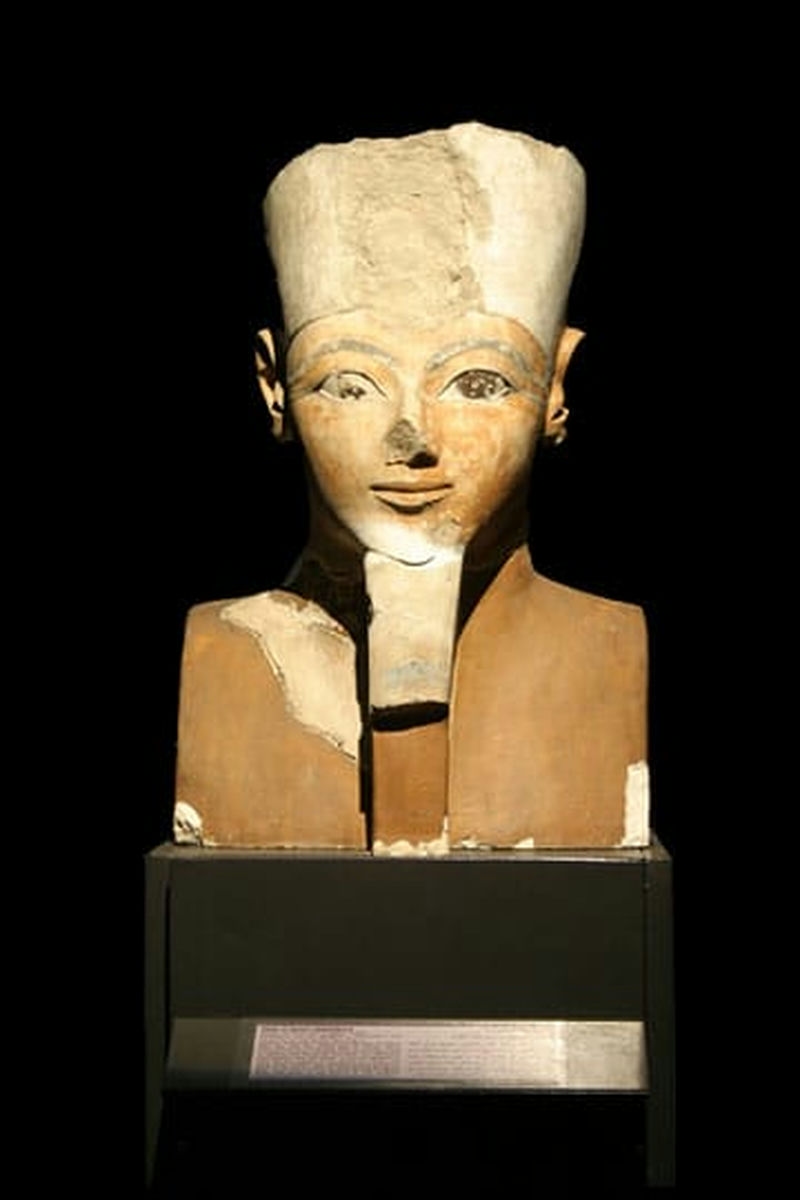
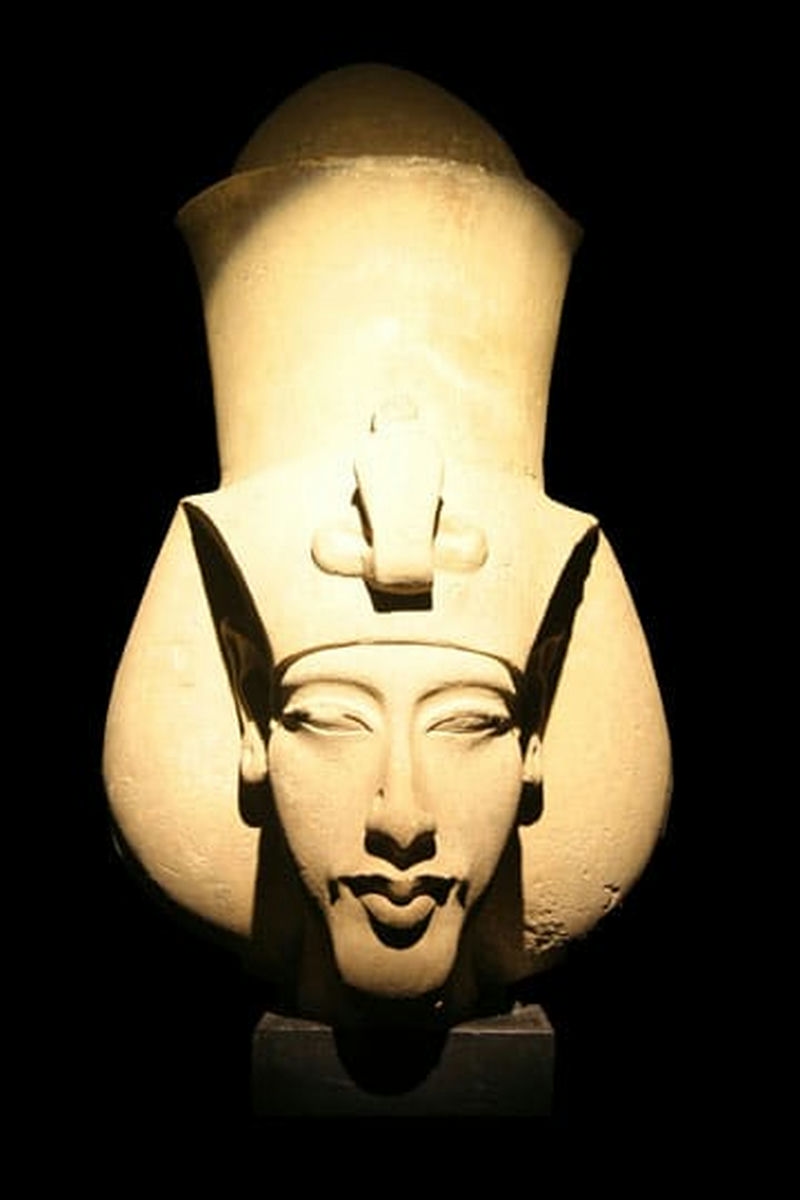
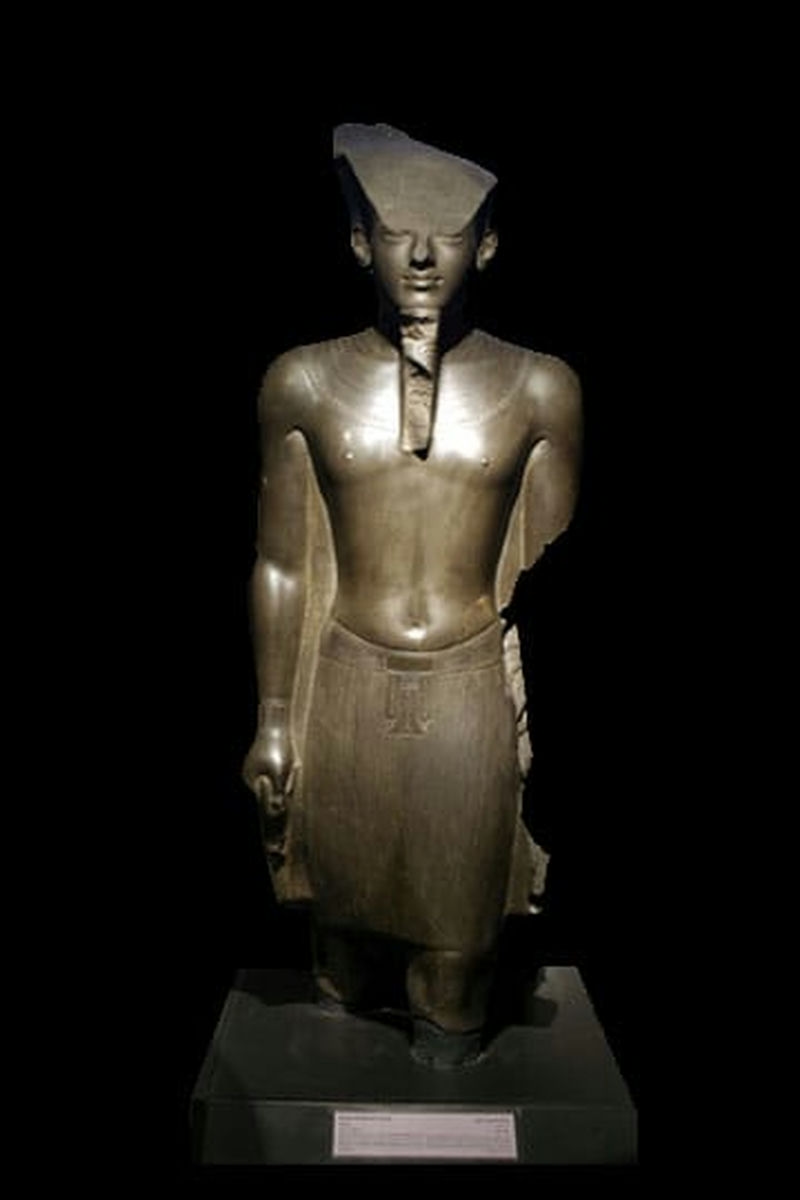
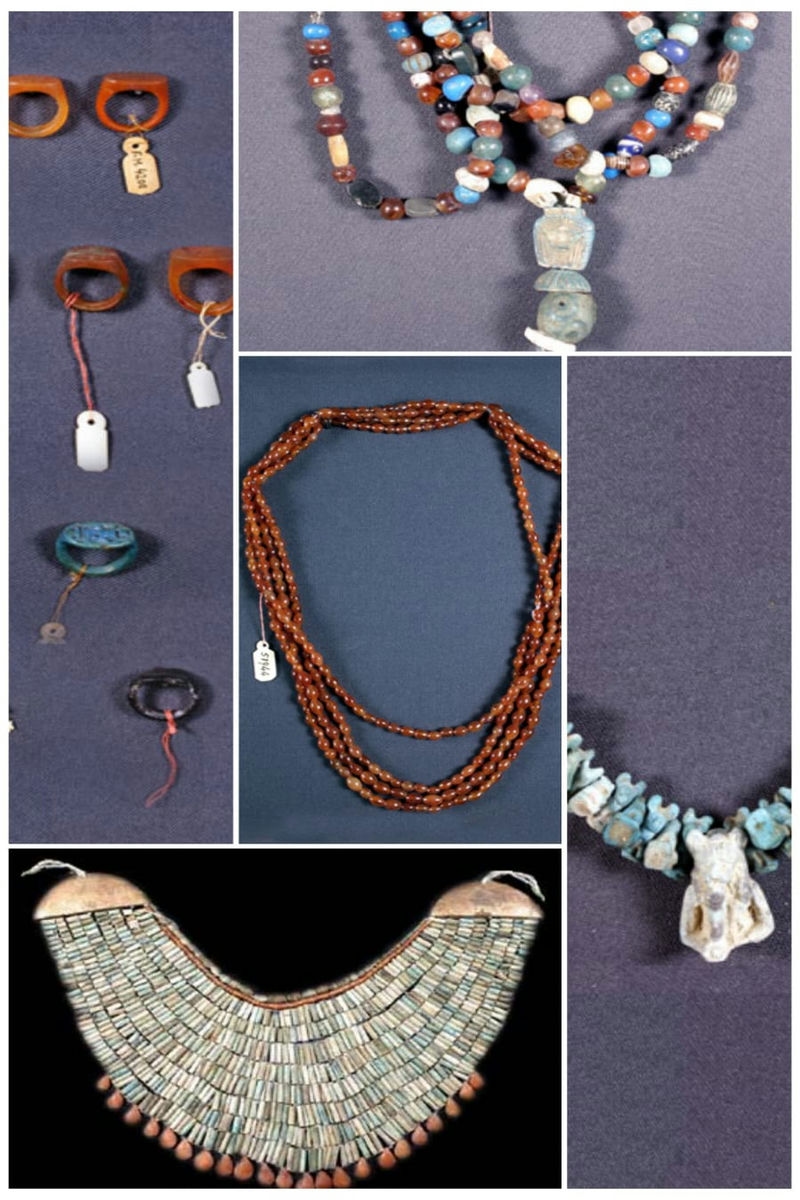

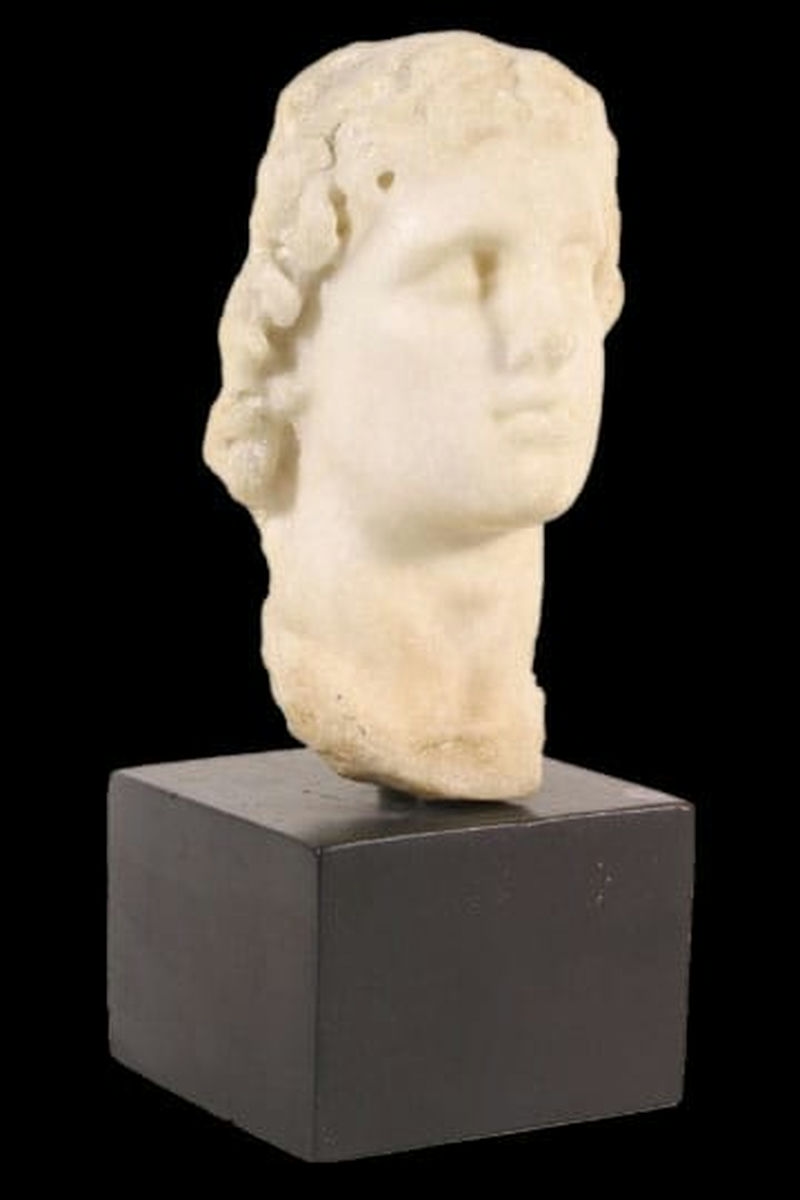
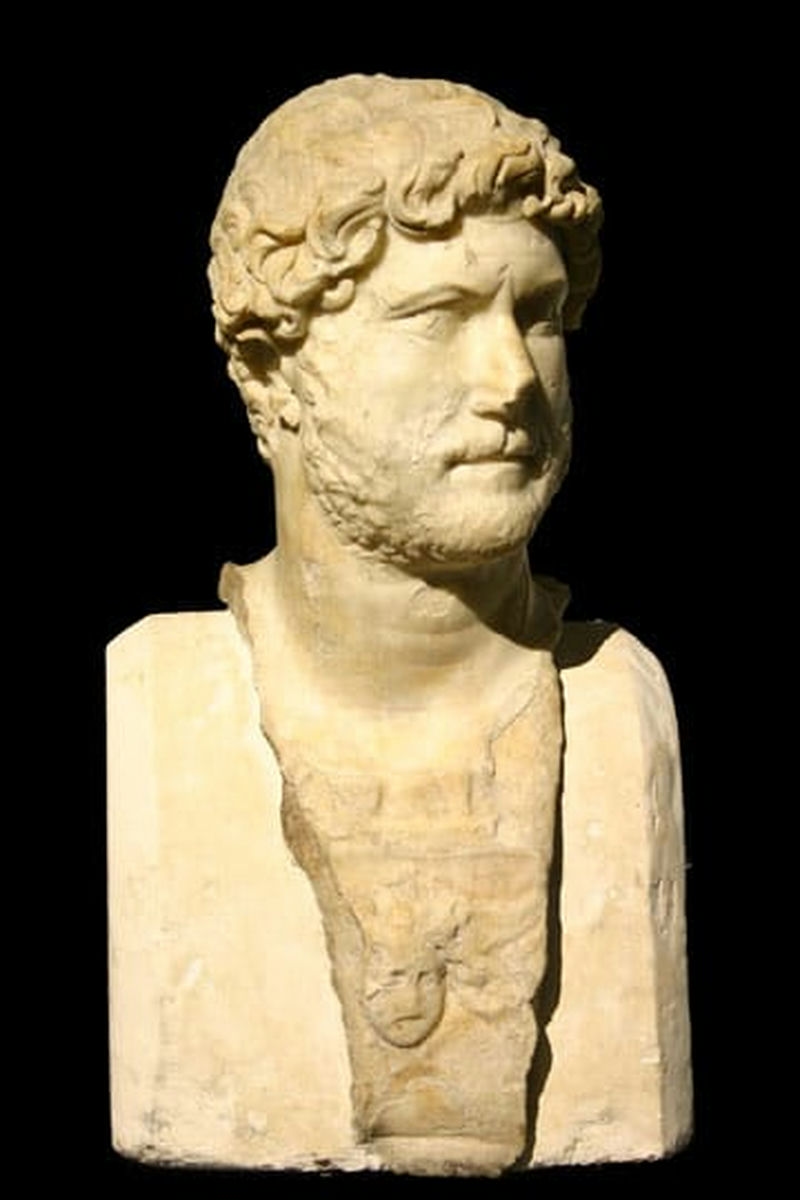
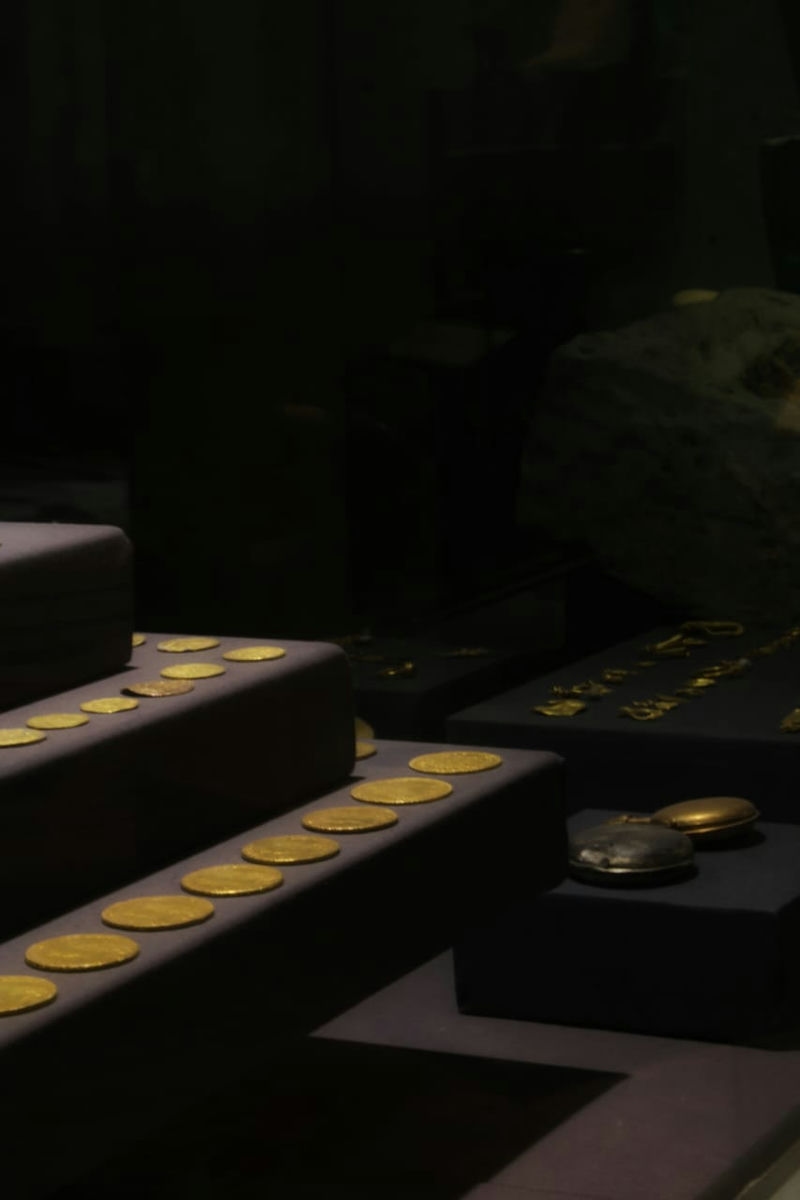
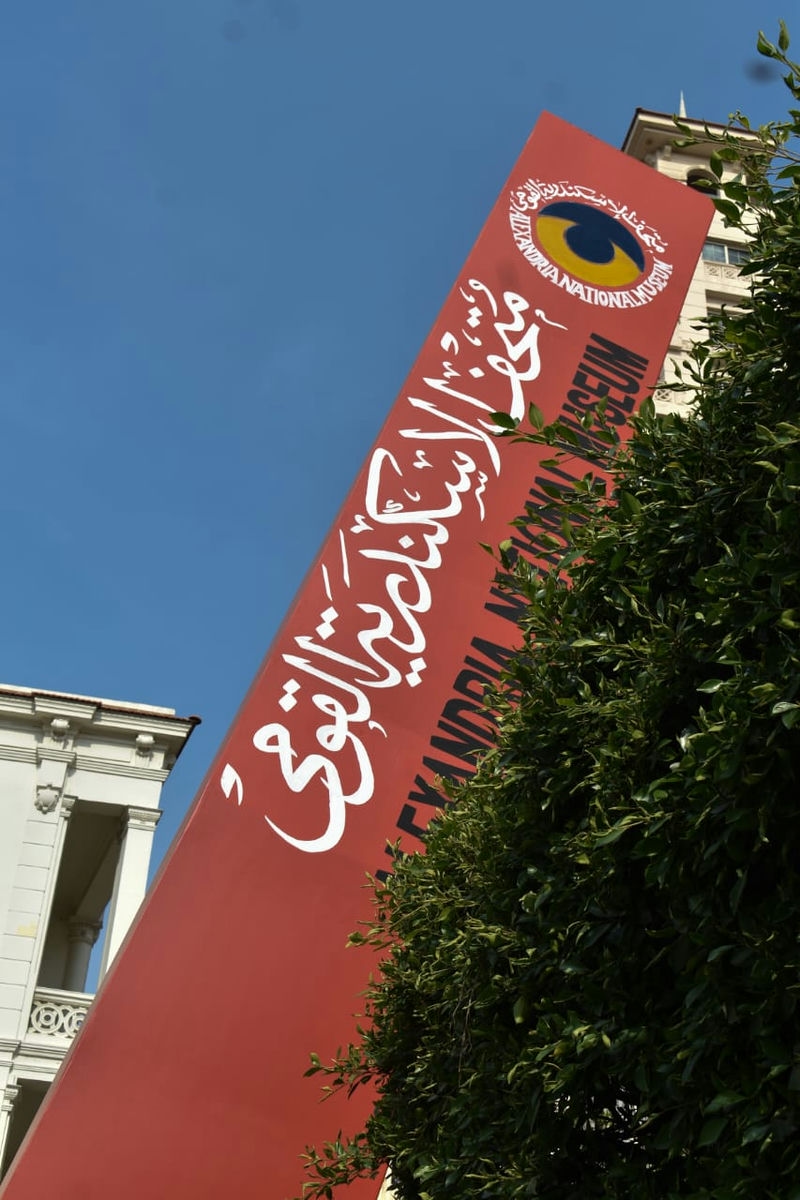
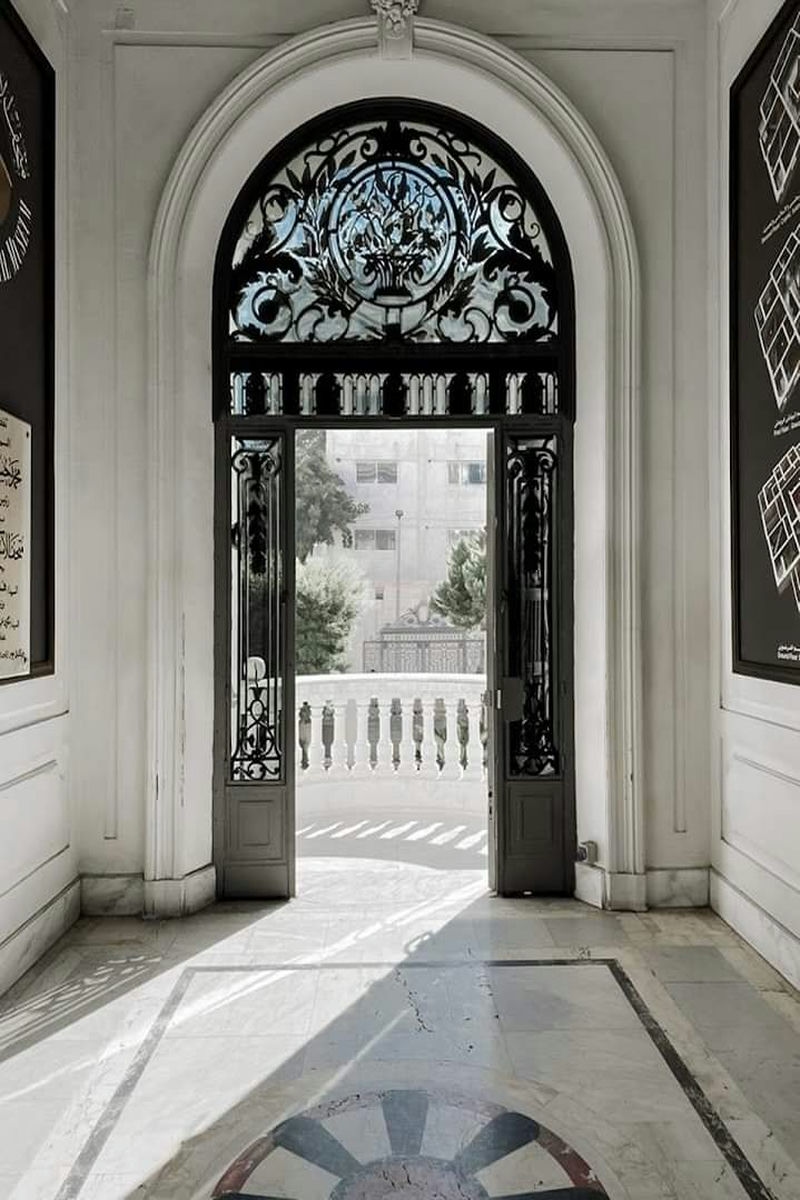
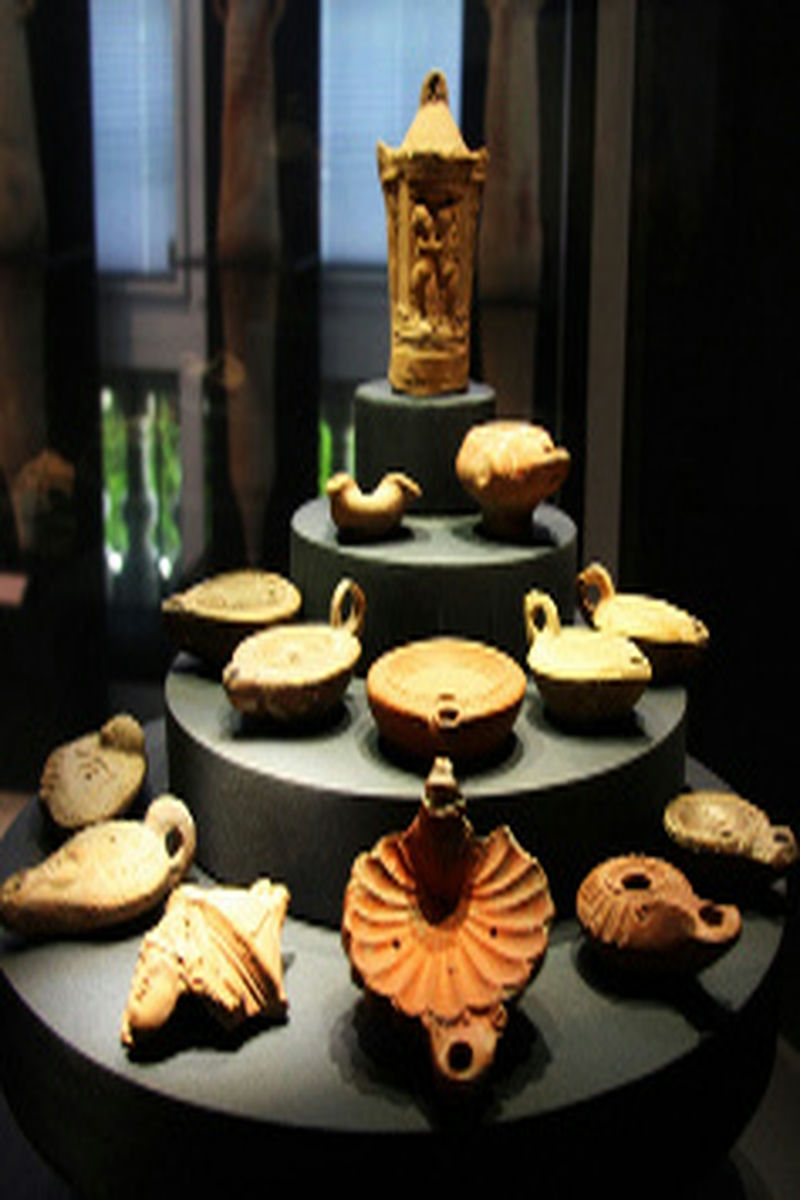
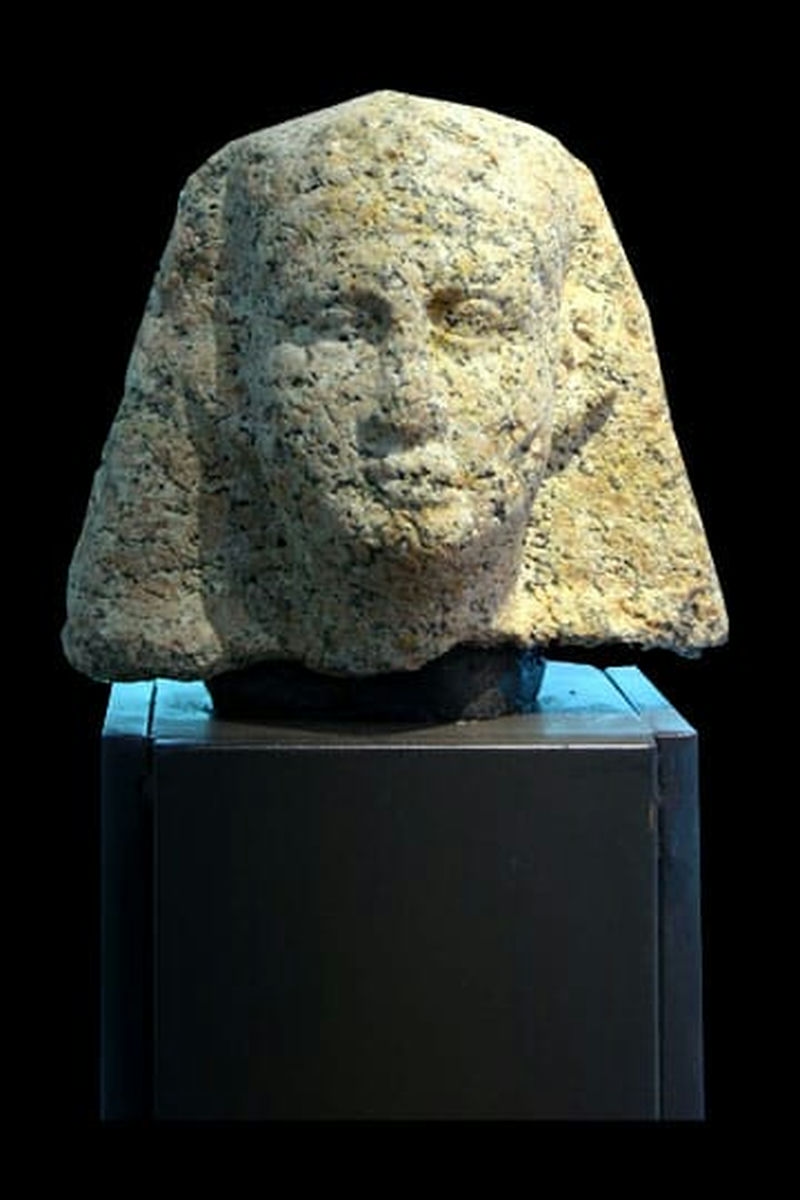
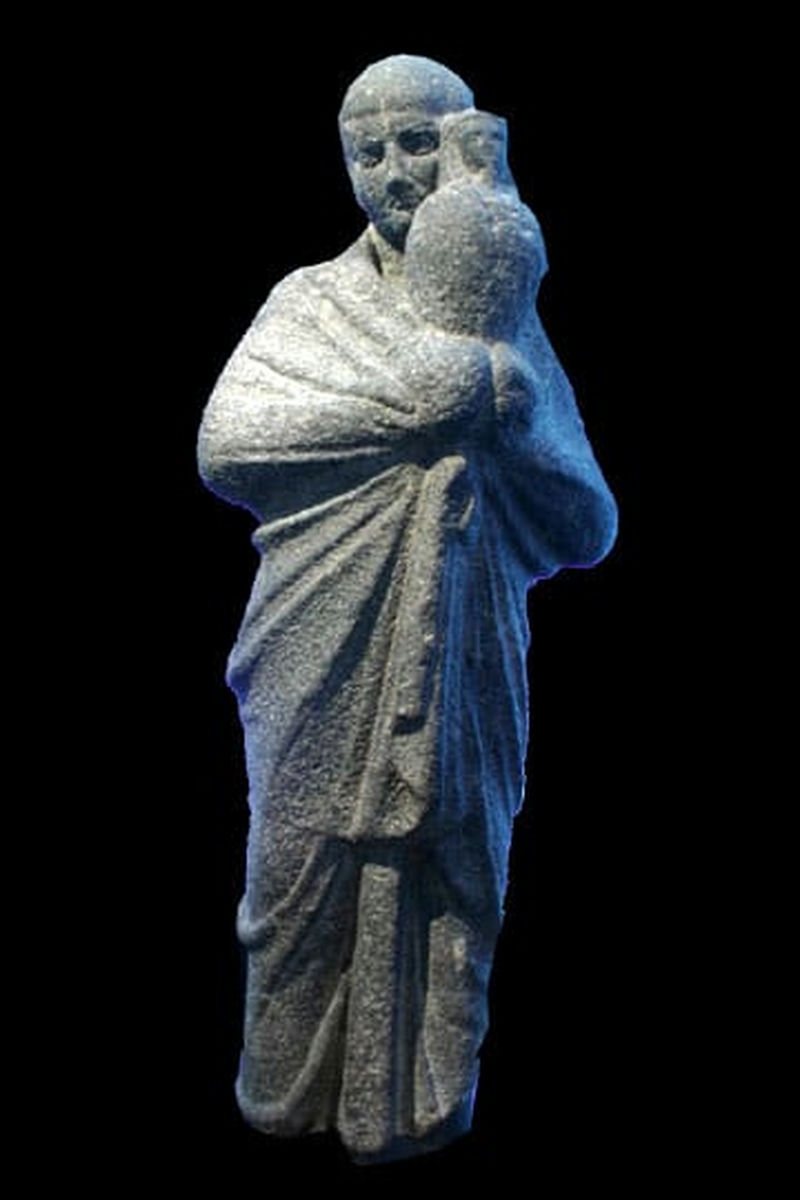
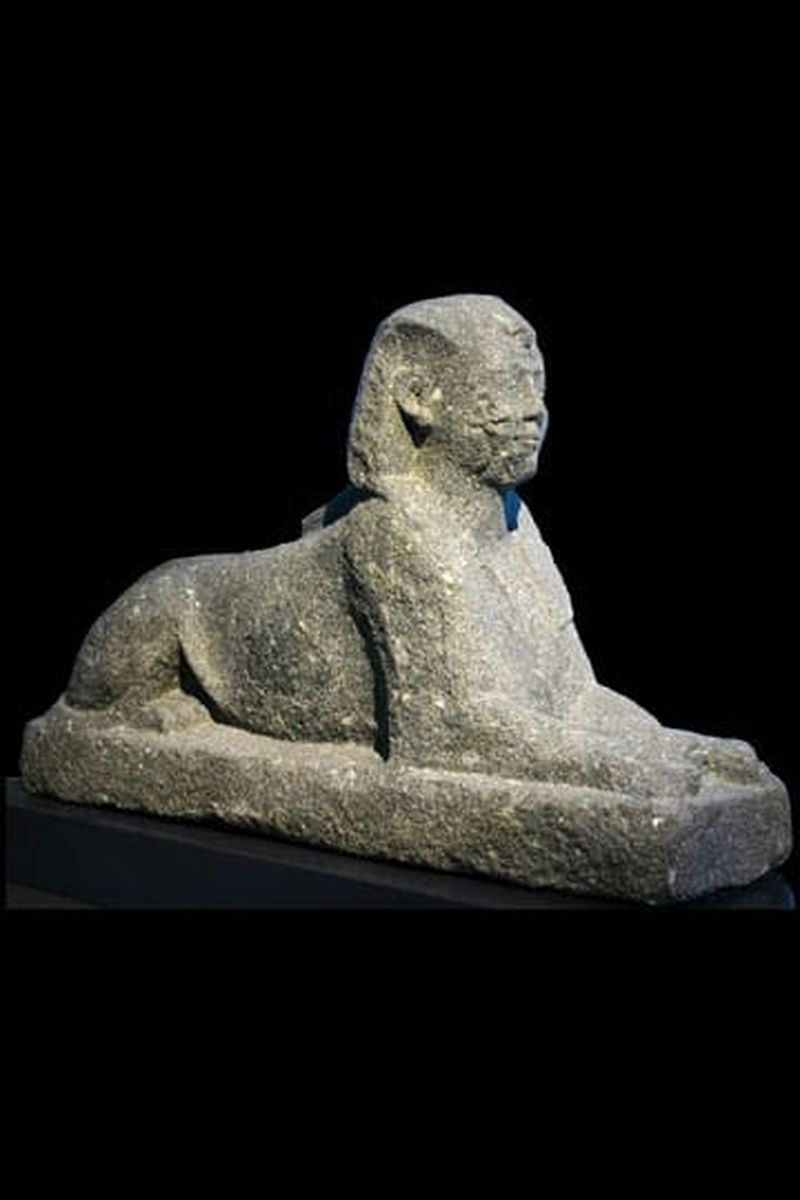
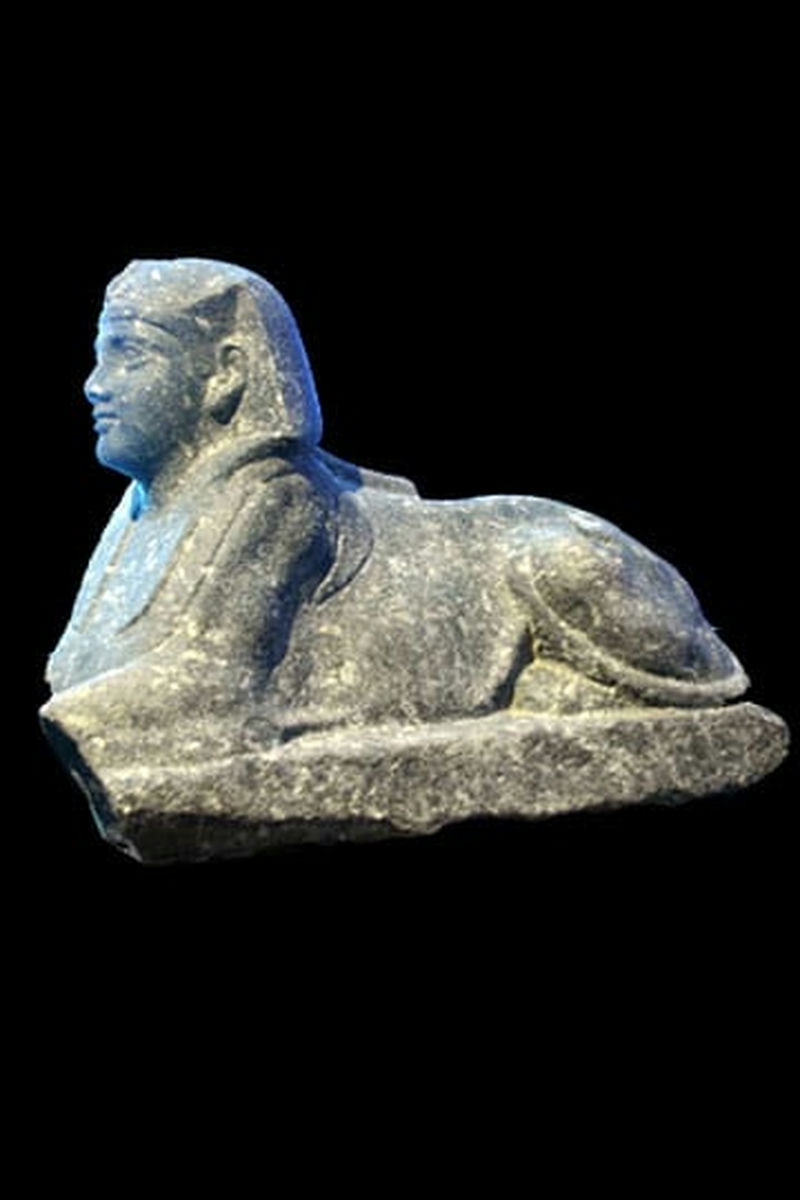
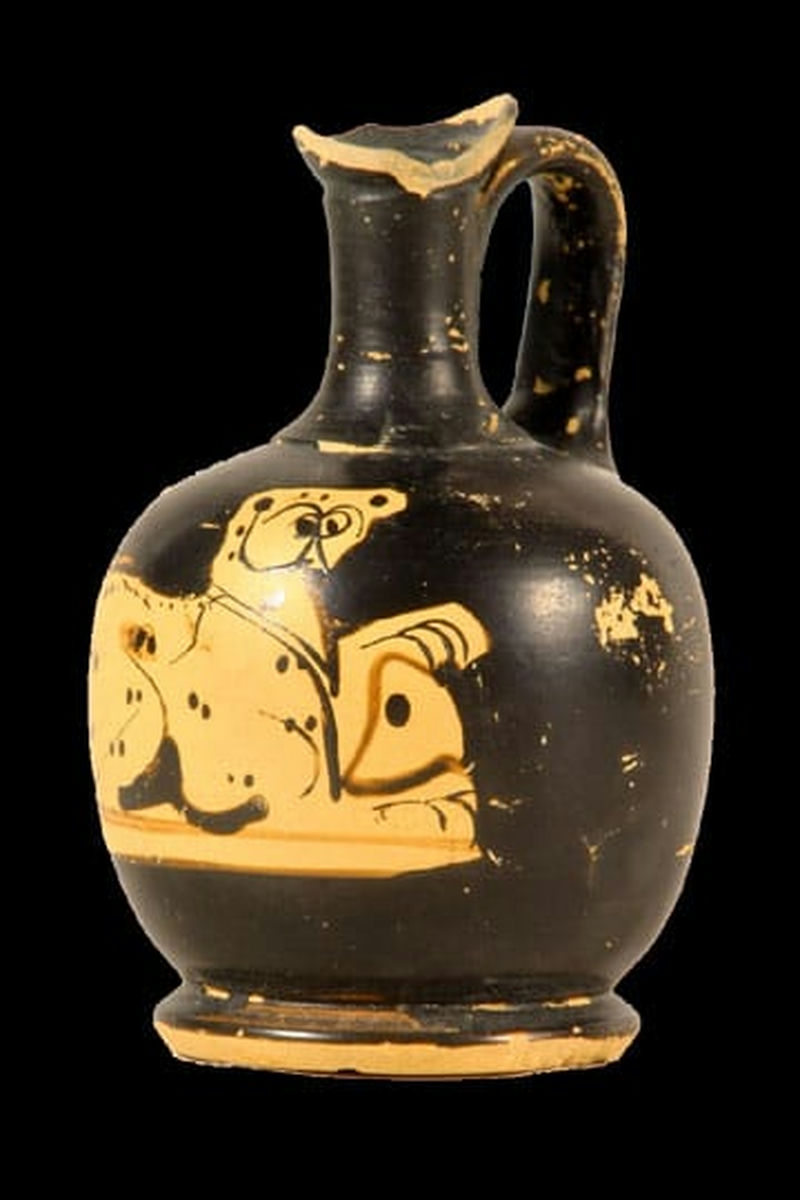
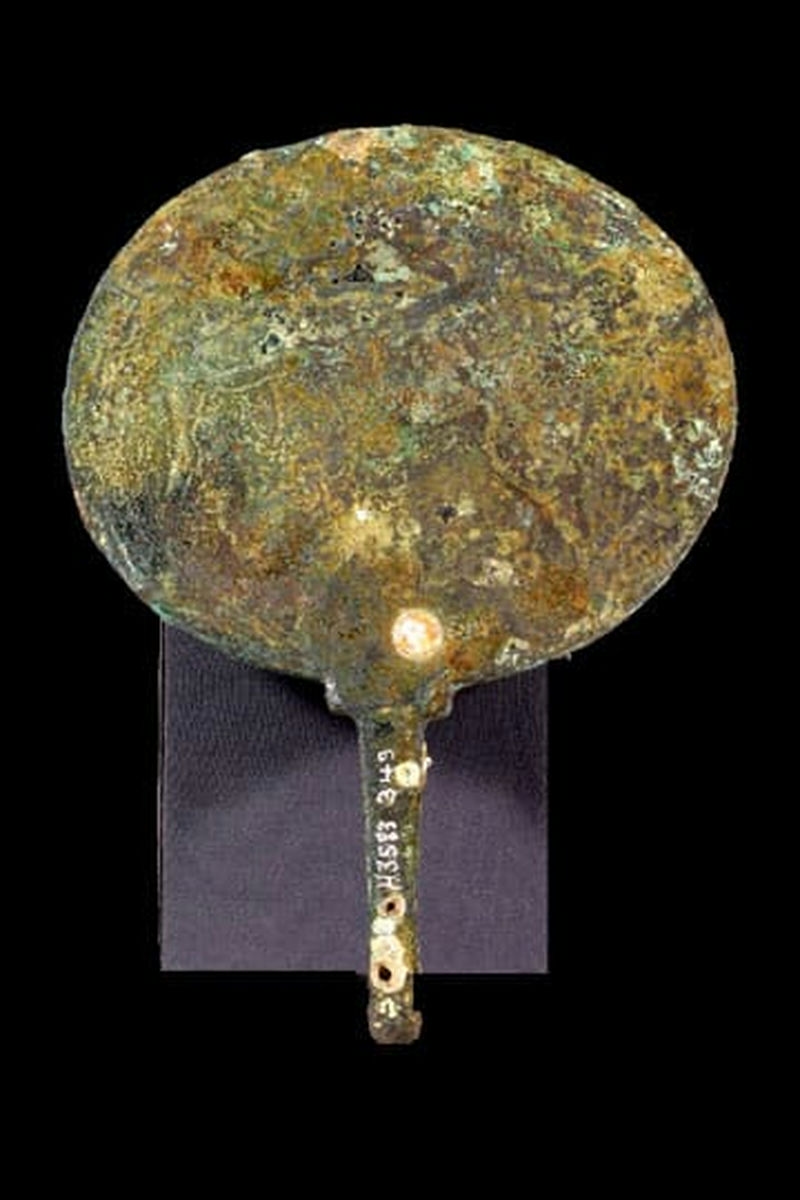
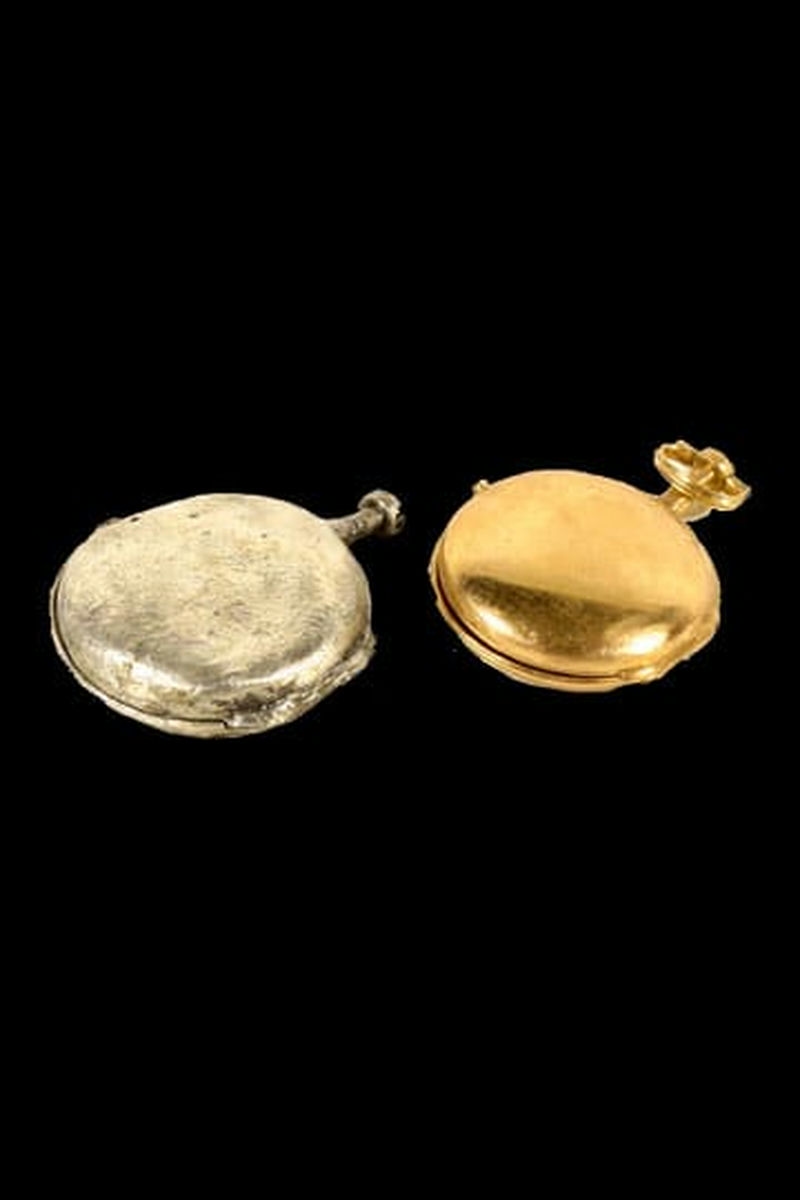
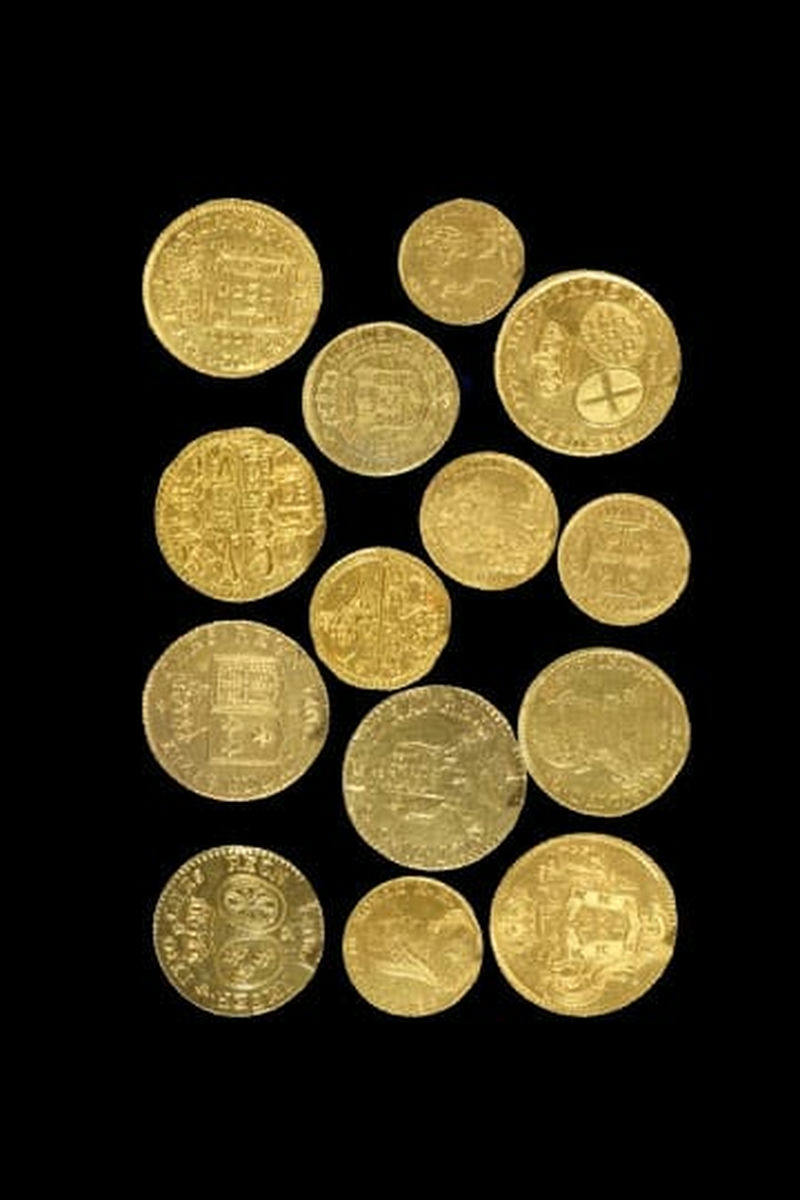
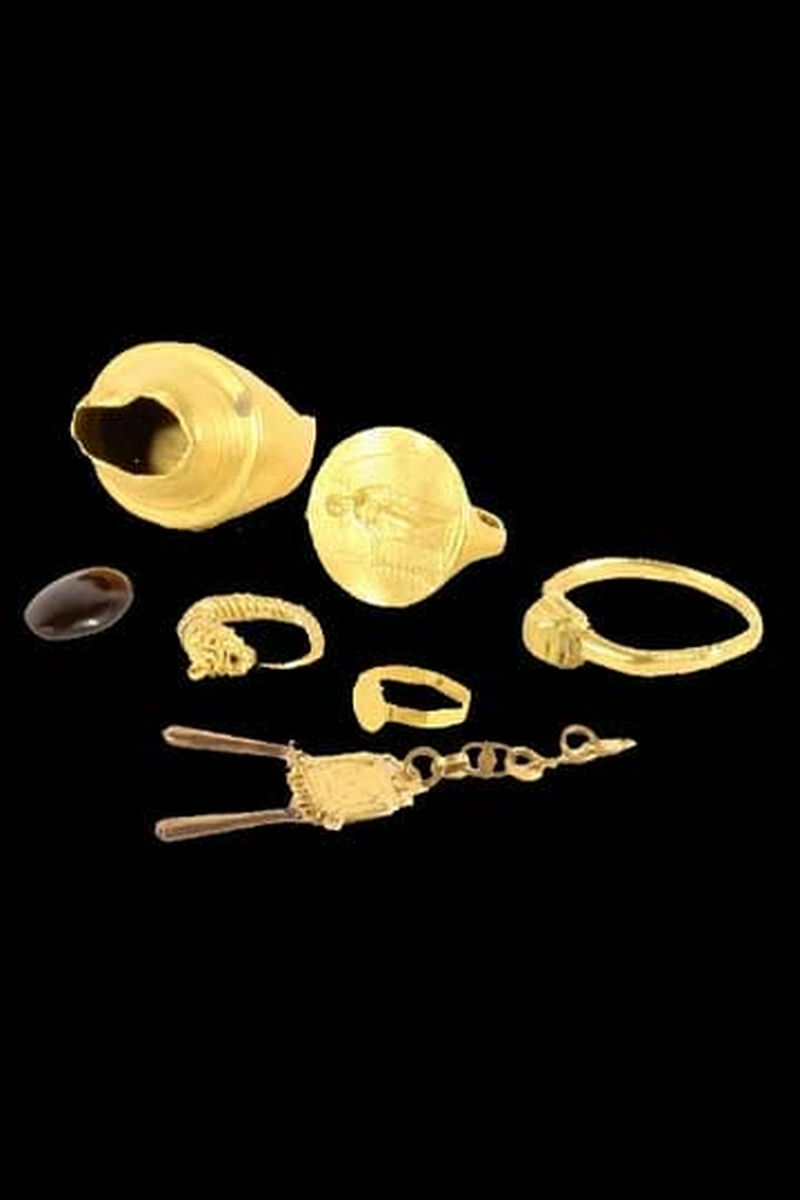
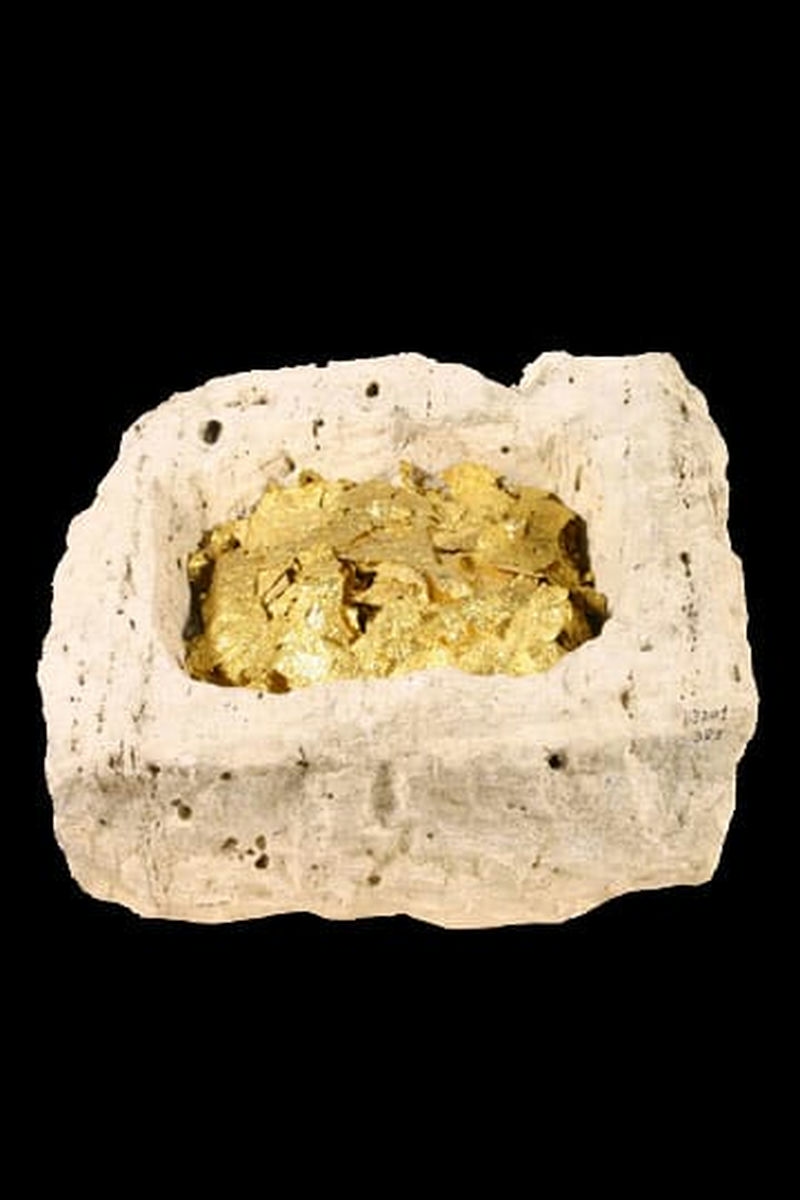
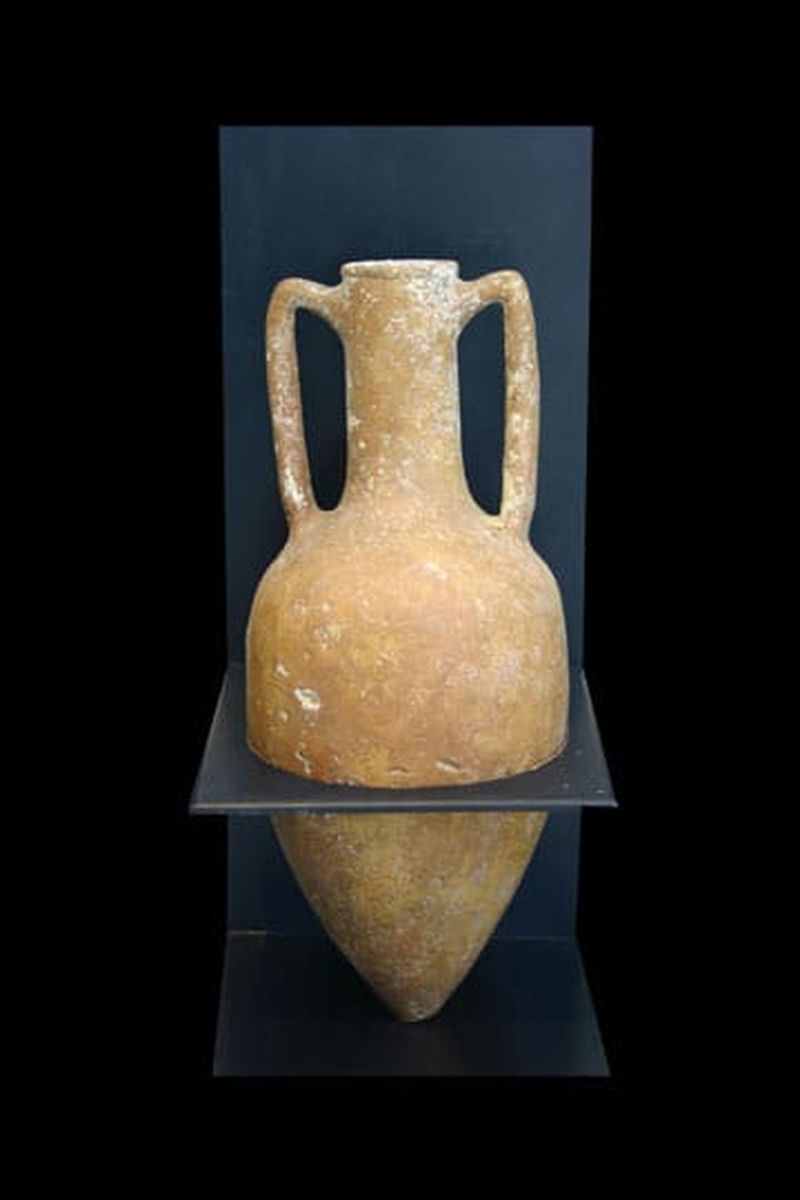
Asaad Basili Pasha is the owner of the palace that was converted later to the Alexandria National Museum. He is of Greek origin and came to Egypt from Lebanon. Asaad Basili founded a wood import company in Egypt at the beginning of the twentieth century. Asaad Basili built this palace in 1928 in the Italian style , his family remained in the palace until 1954 then it was sold to the United States of America embassy for 54 thousand Egyptian pounds. The palace remained as a headquarters for the American consulate until the Supreme Council of Antiquities bought it in 1996 for 12 million Egyptian pounds.
Displaying the artifacts in the Ancient Egyptian Antiquities Department according to the Historical chronology, starting from the Old Kingdom, passing through the Middle Kingdom, the New Kingdom, and the Late Period. The Old Kingdom includes a group of statues of individuals, families, and servants. It was an important element to place in the tombs to serve the deceased in the afterlife. Among the most important pieces found are statues representing the Egyptian scribe, a group of statues of servants, and a group of alabaster pots found in the pyramid of King Djoser.
As for the Greco-Roman section, it includes a collection of antiquities from different eras, such as the Greek era, the Hellenistic era, and the Roman era, such as the head of Alexander the Great and the statue of the emperor, the Roman Hadrian and a distinguished collection of clay pots. The department has customized a hall to display the antiquities recovered from underwater and it includes pictures of the recovery process of the antiquities. This allows the museum visitors to imagine the shape and condition of the artifact before and after it was recovered. Among the most important pieces in this section is a statue of a priest carrying a canopic jar and a distinguished collection of coins from different eras.
The third section of the museum includes artifacts from three eras: the Byzantine, which displays Coptic, Islamic, and the modern art. The section related to Coptic art contains a variety of tools that were used in daily life, which are metal tools made of copper, silver and bronze, in addition to a group of icons depicting religious topics, the most important of which are the icon of the Last Supper and the icon of the Crucifixion, and there is also a group of Coptic fabric, which the Copts of Egypt were famous for making, and the name came from them. The Coptic fabric was made of wool and linen and decorated with human and animal motifs , besides to plant and geometric motifs. The section also includes a collection of pottery used in Daily life and a collection of woodwork.
Address: 110 El Horreya Road (Fouad Street)
Inauguration date: 2003
